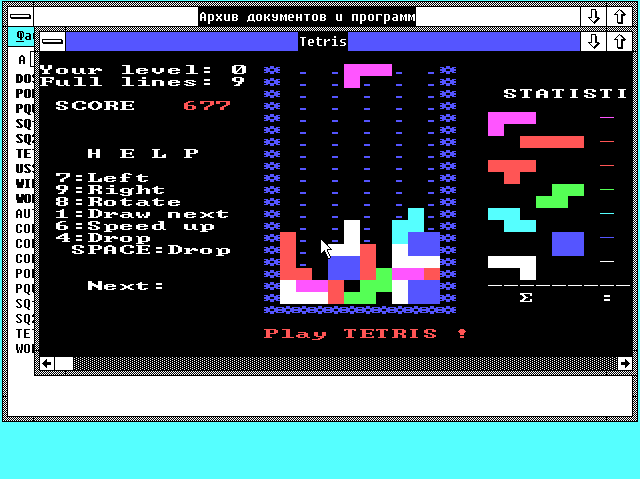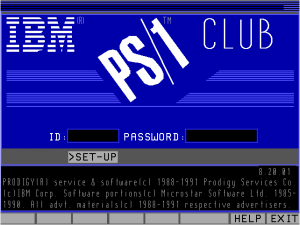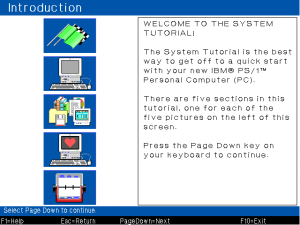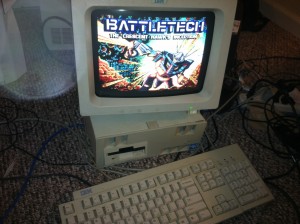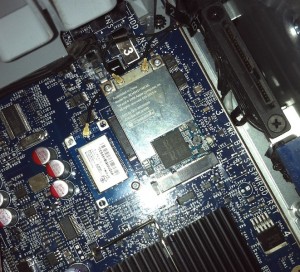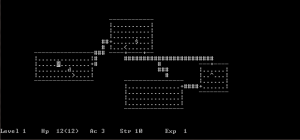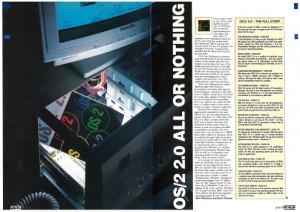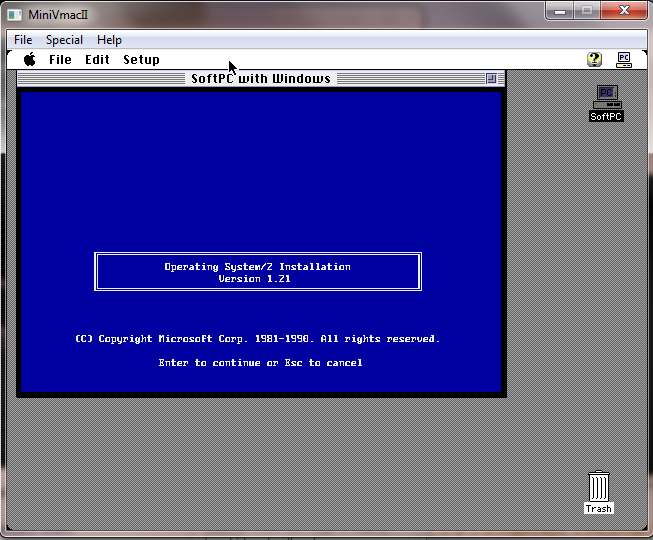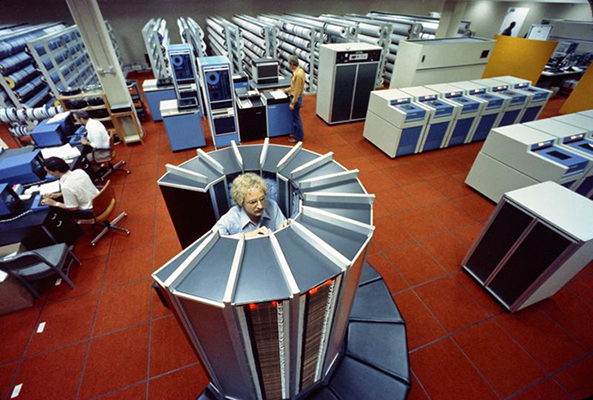I don’t know why but looking for working rtl8139 drivers for OS/2 and Windows NT 4.0 has proven to be more difficult than it should have been…
But what I’ve found is that the file “oem-8139(500).zip” on realtek‘s site basically contains everything! (well old stuff).
C:.
├───BROM
├───CLIENT32
├───DMI
│ ├───95LOADER
│ ├───NTLOADER
│ ├───WINEXE
│ └───WINSYS
├───FREEBSD
├───LINUX
├───MACOS
├───MACOSX
├───MSLANMAN.DOS
│ └───DRIVERS
│ ├───ETHERNET
│ │ └───RTL8139
│ └───NIF
├───MSLANMAN.OS2
│ └───DRIVERS
│ ├───ETHERNET
│ │ └───RTL8139
│ └───NIF
├───NDIS2DOS
├───NDIS2OS2
├───NT351
├───NWCLIENT
│ ├───DOS
│ └───OS2
├───NWSERVER
│ ├───311
│ ├───312
│ ├───40
│ ├───41X
│ └───42_5X
├───RTOS
├───RTSPKT
├───SCO
│ ├───4.X
│ ├───5.X
│ └───TXT
├───TXT
│ ├───GENERAL
│ ├───IBM
│ ├───MS
│ ├───NETWARE
│ ├───OTHERS
│ └───UNIX
├───UW7
├───W95OSR2
├───WFW311
├───WIN2000
├───WIN95A
├───WIN98
├───WINDIAG
├───WINME
├───WINNT4
└───WINXP
I don’t know if the link will last, but click here, and look for “OEM disk for users and manufacturers (LAN Card)”

